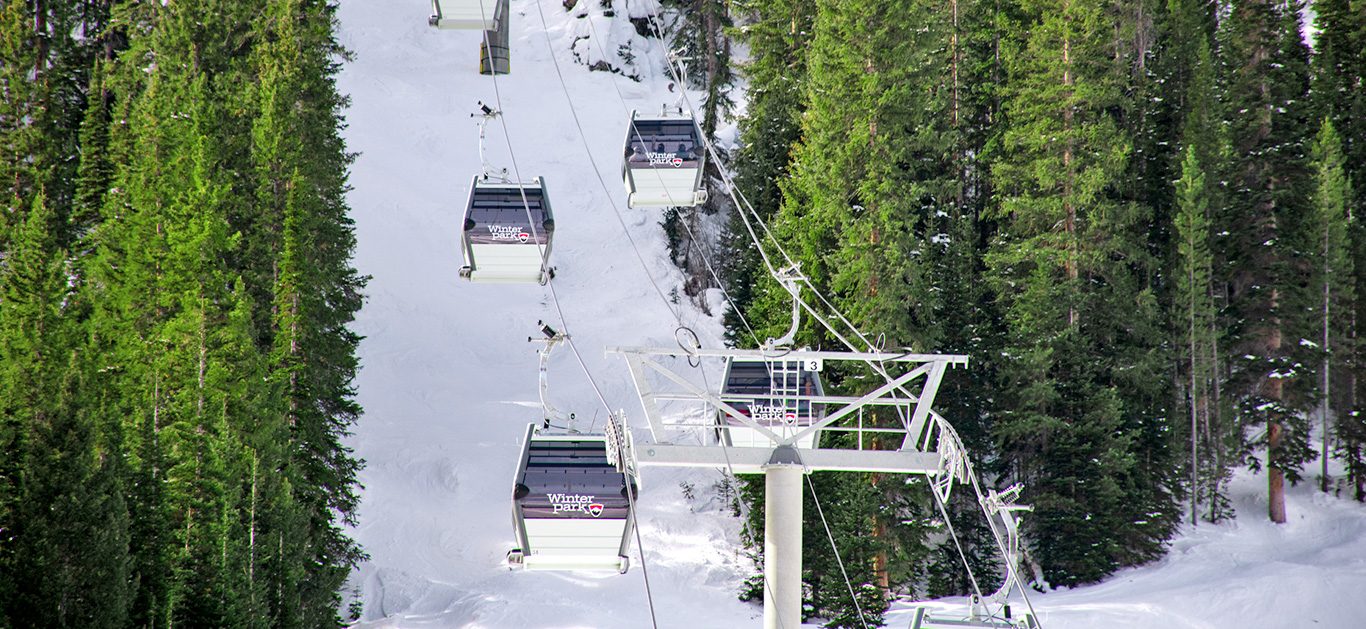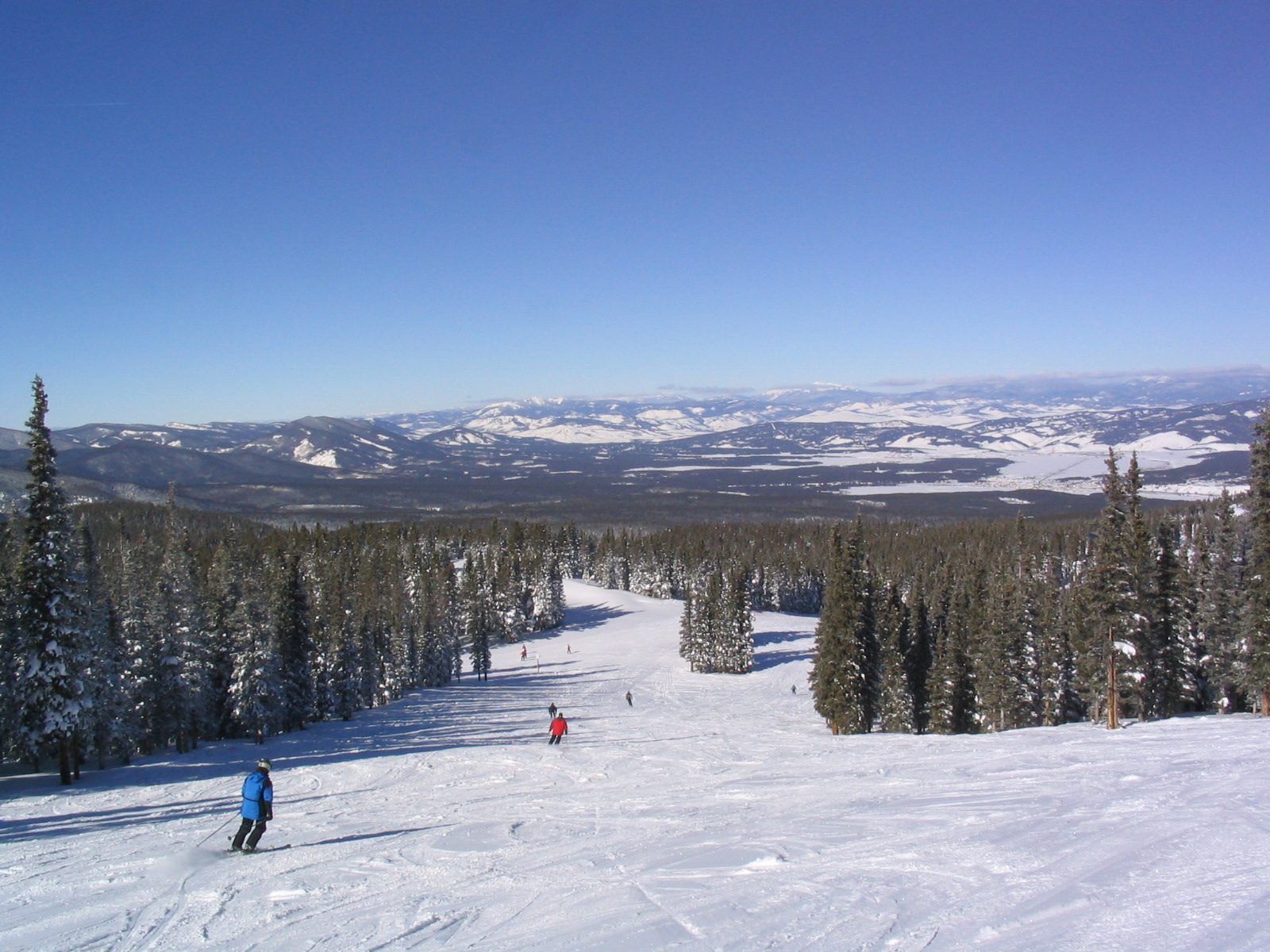
Mountain Living
The mountains are a special place, and we hope you enjoy your visit as you take in the fresh mountain air, the incredible views, and enjoy the many outdoor activities Winter Park has to offer. If you are unaccustomed to being at 9,000 feet, please read the following tips to help avoid Altitude Mountain Sickness. The Winter Park/Fraser Valley Chamber of Commerce also has tips on what to pack when you're visiting the area.
Altitude Mountain Sickness
The higher you climb above sea level, the less oxygen there is in the air. The oxygen level becomes very low at altitudes above 8,000 feet. This causes problems for people who normally live at lower altitudes because their bodies aren't used to working on so little oxygen and may result in Altitude Mountain Sickness.
Altitude Mountain Sickness (AMS) is a reaction to high elevation levels that can result in headaches, nausea, disorientation, and in extreme cases may require immediate hospitalization.
Mild altitude sickness is common; your age or physical fitness have no effect on whether you will suffer from the altitude or not, but some people have a greater sensitivity, or if you are from extremely lower elevations, minor reactions can occur.

Tips for Great Health
In order to make your visit to Colorado's High Country AMS free, keep the following in mind:
- Take your time traveling to higher altitudes. Plan your trip so your body has time to get used to the high altitude before you start your physical activity.
- Increase your water intake. The air is much drier here, and although you may not feel thirsty, your body dehydrates much more quickly.
- Get plenty of rest. Adjusting to the increased elevation can be hard on your body. Give yourself plenty of time to rest each evening, especially if you are hitting the slopes in the morning.
- Dress for the environment. Remember that the weather can change frequently and drastically at higher elevations. Dress in layers and don't neglect your hat and sunblock, even in the winter. Painful sunburns can result in less than an hour at this elevation.
